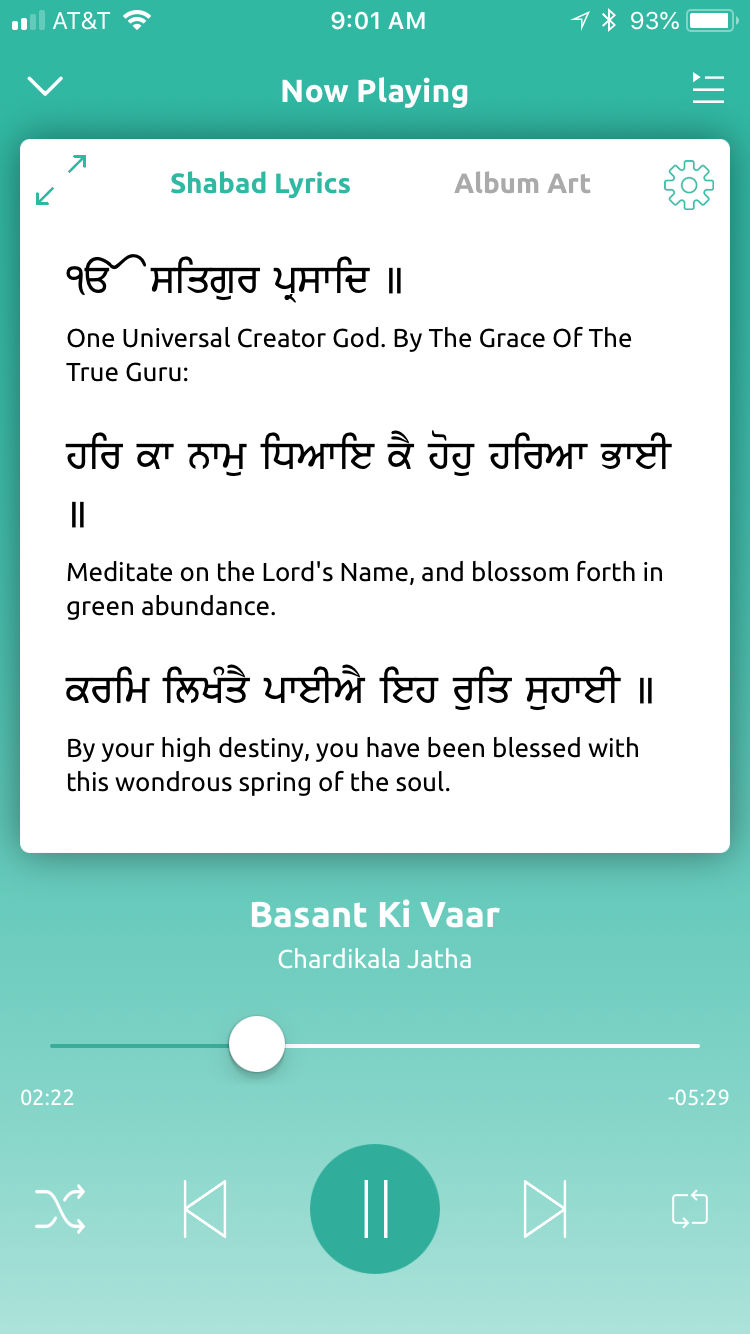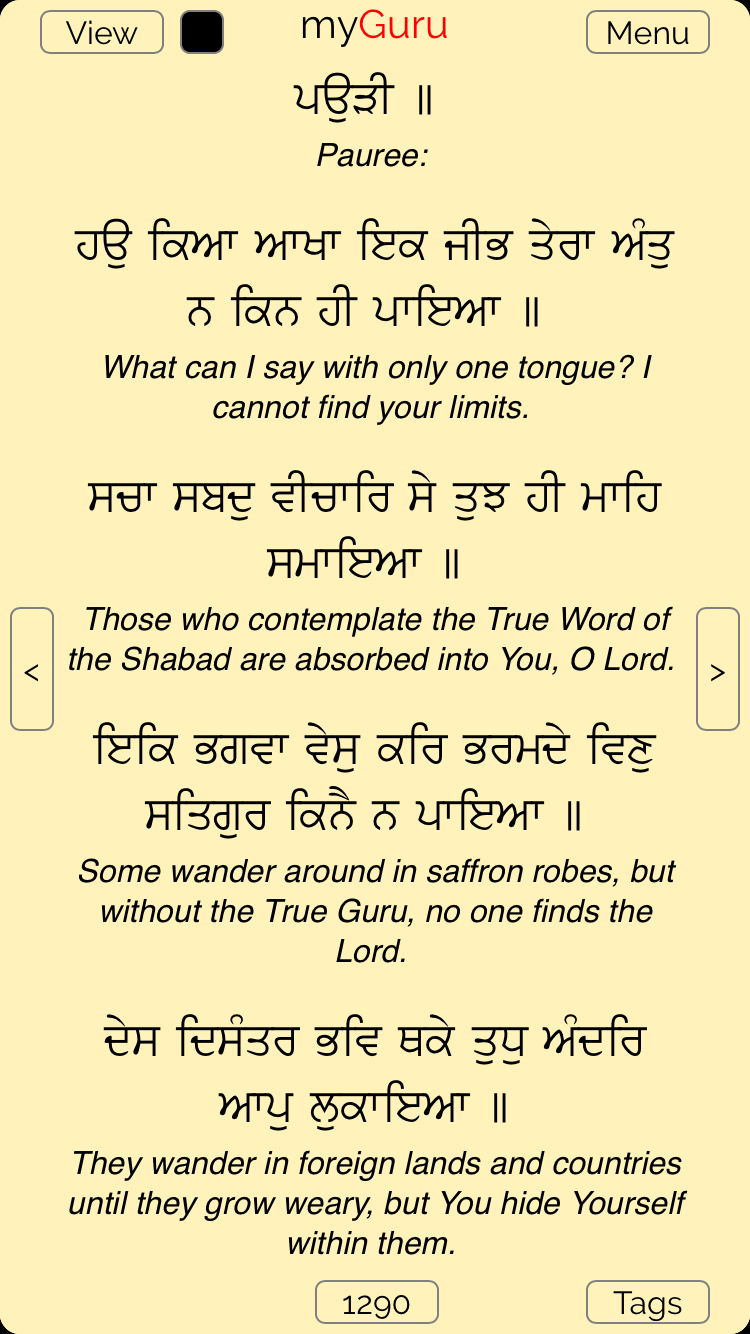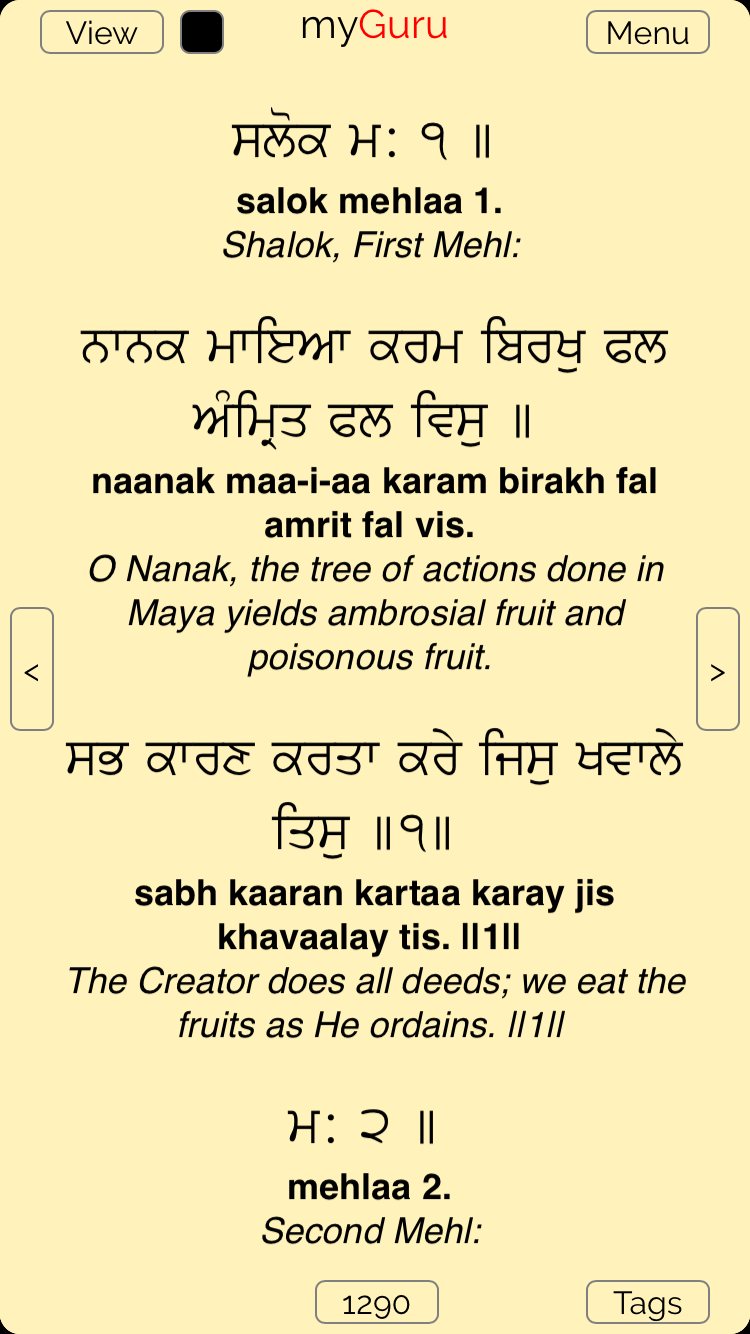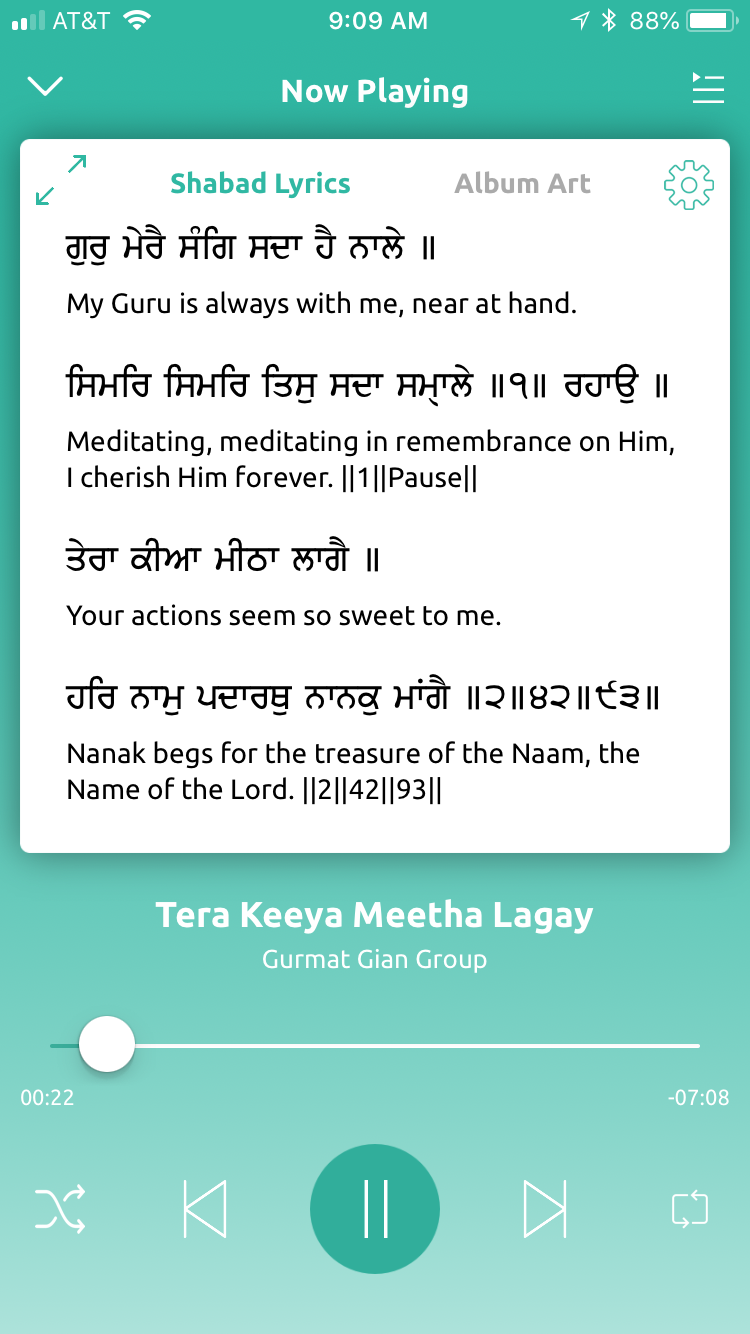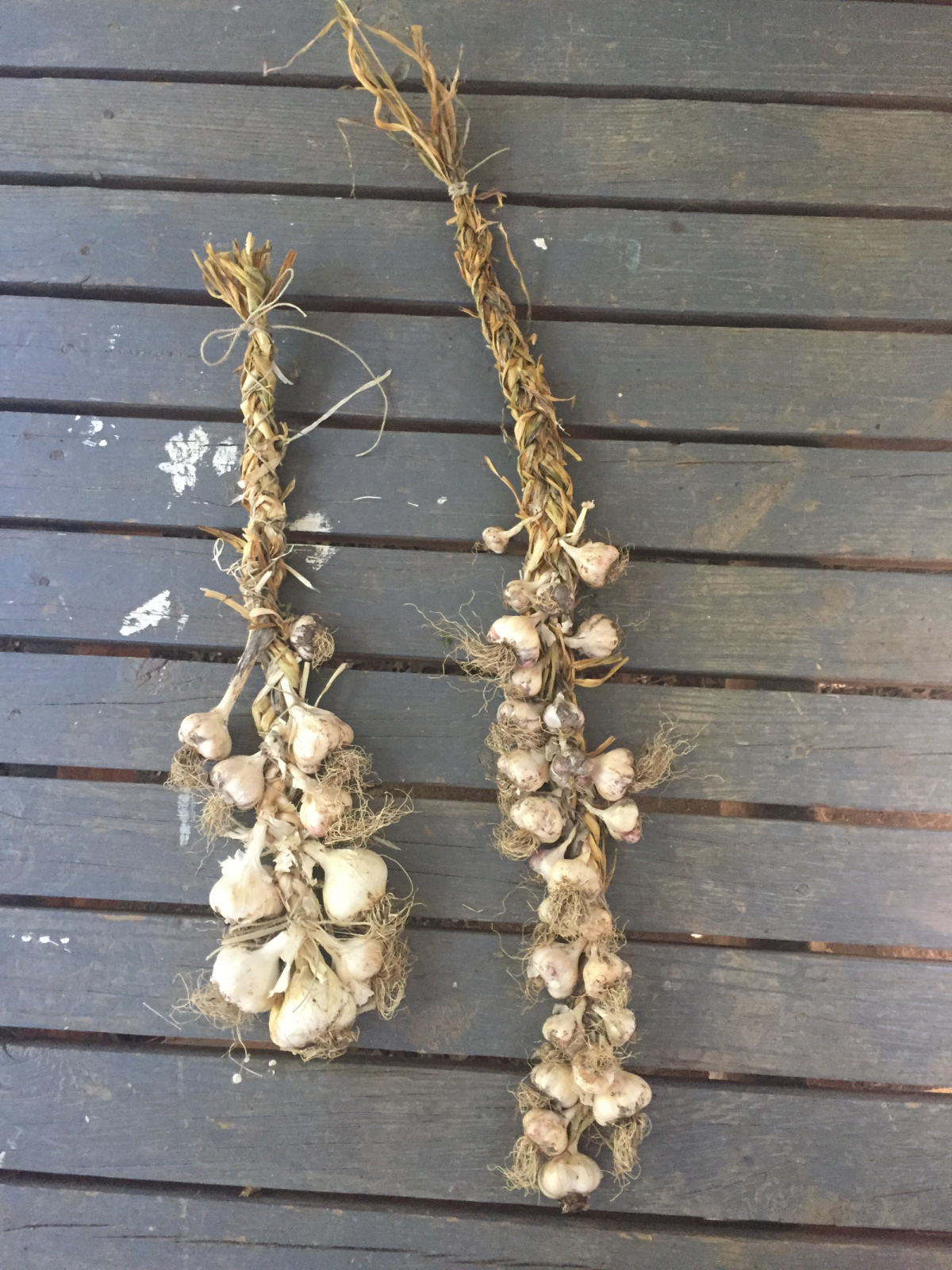Journal entry by Ilene Tompkins-Gillispie —
Hello dear ones! It has been a few days since I’ve updated, and to me that’s a good thing. It signifies ultimately that things are not so urgent and volatile that folks will worry without daily updates. And, I do like to keep y’all in the loop— especially because this healing process is far from complete. I‘m not planning to give a “verdict” on my healing for quite some time— like, a year. That’s a conservative amount of time to wait before evaluating a new normal. Of course, I’m supremely impatient with myself so, at not even 4 weeks, of course I’m constantly judging and worrying and evaluating and testing myself when I’m the grand scheme of things I ought to be just, well, resting. You get the picture, though. Basically, all major brain surgeries leave the patient with a brain injury. For my spouse, this was a traumatic brain injury (sustained during an accident), and for me it’s an acquired brain injury (sustained as a result of the tumor and of removing said tumor).
First, some new updates: finally the small ulcer next to my incision seems to have turned a corner. Funnily enough, just *seeing* the doctor was enough to make some progress— it began to really improve after seeing the doctor but before actually filling the prescription for the antibiotic ointment she prescribed! It still has a ways to go in catching up with the incision’s healing but it’s looking much better.
My incision is doing very well. It does get swollen and painful at times, and I can feel some bumps and divots that may just be healing tissue or could be bone/hardware— no way to know until I see my surgeon again at the end of August and he reviews my MRIs and examines me.
My neck and occipital area are acting up, which is to be expected— lots of muscle and other tissue was cut during surgery. It’s painful and frustrating, and combined with my Craniocervical Instability symptoms, my neck is definitely a problem zone. But, still— my constant occipital headache and chronic neck pain are moving toward improvement after removal of the tumor. On the left left side today, I woke up with swelling of a lymph node/muscle attachment site. I’m not sure what is there (anatomy isn’t my strong suit) but I’ll bet my massage therapist can both tell me what it is and help it to feel a little better. I’m seeing him again today.
Today is the one-week anniversary of being back on the road, which is going well. I’m trying to only drive when absolutely necessary, and to make as few stops as I can. It feels good to have this independence, while also trying to hold the tension around not overdoing it.
It’s been great to see friends, my therapist, neighbors, parishioners, etc.. I also booked a trip to Washington DC to spend a week with my parents in mid-July. I can’t remember the last time I had a week’s worth of time to spend with them, and I’m really looking forward to it.
I’m enjoying working in my garden during cooler times of day. Dustin moved my herbs up to our porch so they could have a nicer environment (better sun, less interference from grass and weeds) and also so I could access them easier (no bending down because they’re now elevated, and they’re closer to the house so I don’t have to go all the way out to the garden). He also filled up a new raised bed for me with the soil he bought me as an anniversary gift. This bed is higher than the others, so I won’t have to bend down as far (challenging both for my head and for my joints). Yesterday, I harvested our first cucumbers of the season which felt wonderful. This week, I braided our cured soft-neck garlic (as well as a few stragglers of hard-neck and elephant garlic that aren’t really meant to be braided, but which I beat into submission with my braiding skills). I’m also taking frequent walks around our land to patrol for wild herbs and berries, which are popping up all the time. Tonight, my friend Mary and I will be making a big batch of my favorite Tulsi healing salve, made with my homegrown tulsi and many other healing herbs. It’s a staple for me during summer, when I’m constantly itching from mosquito bites, garden rashes (squash, cucumber, and tomato plants all make me itchy), and sunburns.
I can’t believe that on Wednesday it will be 4 weeks since my surgery, and on Friday it will be one month. In many ways I’m doing better than I “should” be, and I know that healing is not linear or predictable. So, I am trying to celebrate the victories both large and small, while also treating myself very gently and acknowledging that challenges (either momentary or persistent) can and will likely arise.
I wanted to share a cross-posting of a Facebook post I made today. I’ve been struggling terribly around not being able to DO much, and realizing how much my identity is being challenged, re-shaped, and really exploded throughout this process. I cry most days in grief or frustration at all I worked for and all I’ve lost. And yet there is the gratitude and peace behind it all— just waiting for me to become still enough to live into it.
”I haven’t had a consistent daily devotional practice for the last few years. Part of this is because I’ve been constantly steeping in sacred texts/music/etc. as a chaplain and a parish minister— sharing words of wisdom and sacred songs with others and getting to absorb them myself (at least, when I’ve been most able to be present). And, as many ministers and chaplains may have experienced, the nature of this work can be so all-encompassing at times that we neglect our own spiritual practice (ironic but undeniable).
First, some new updates: finally the small ulcer next to my incision seems to have turned a corner. Funnily enough, just *seeing* the doctor was enough to make some progress— it began to really improve after seeing the doctor but before actually filling the prescription for the antibiotic ointment she prescribed! It still has a ways to go in catching up with the incision’s healing but it’s looking much better.
My incision is doing very well. It does get swollen and painful at times, and I can feel some bumps and divots that may just be healing tissue or could be bone/hardware— no way to know until I see my surgeon again at the end of August and he reviews my MRIs and examines me.
My neck and occipital area are acting up, which is to be expected— lots of muscle and other tissue was cut during surgery. It’s painful and frustrating, and combined with my Craniocervical Instability symptoms, my neck is definitely a problem zone. But, still— my constant occipital headache and chronic neck pain are moving toward improvement after removal of the tumor. On the left left side today, I woke up with swelling of a lymph node/muscle attachment site. I’m not sure what is there (anatomy isn’t my strong suit) but I’ll bet my massage therapist can both tell me what it is and help it to feel a little better. I’m seeing him again today.
Today is the one-week anniversary of being back on the road, which is going well. I’m trying to only drive when absolutely necessary, and to make as few stops as I can. It feels good to have this independence, while also trying to hold the tension around not overdoing it.
It’s been great to see friends, my therapist, neighbors, parishioners, etc.. I also booked a trip to Washington DC to spend a week with my parents in mid-July. I can’t remember the last time I had a week’s worth of time to spend with them, and I’m really looking forward to it.
I’m enjoying working in my garden during cooler times of day. Dustin moved my herbs up to our porch so they could have a nicer environment (better sun, less interference from grass and weeds) and also so I could access them easier (no bending down because they’re now elevated, and they’re closer to the house so I don’t have to go all the way out to the garden). He also filled up a new raised bed for me with the soil he bought me as an anniversary gift. This bed is higher than the others, so I won’t have to bend down as far (challenging both for my head and for my joints). Yesterday, I harvested our first cucumbers of the season which felt wonderful. This week, I braided our cured soft-neck garlic (as well as a few stragglers of hard-neck and elephant garlic that aren’t really meant to be braided, but which I beat into submission with my braiding skills). I’m also taking frequent walks around our land to patrol for wild herbs and berries, which are popping up all the time. Tonight, my friend Mary and I will be making a big batch of my favorite Tulsi healing salve, made with my homegrown tulsi and many other healing herbs. It’s a staple for me during summer, when I’m constantly itching from mosquito bites, garden rashes (squash, cucumber, and tomato plants all make me itchy), and sunburns.
I can’t believe that on Wednesday it will be 4 weeks since my surgery, and on Friday it will be one month. In many ways I’m doing better than I “should” be, and I know that healing is not linear or predictable. So, I am trying to celebrate the victories both large and small, while also treating myself very gently and acknowledging that challenges (either momentary or persistent) can and will likely arise.
I wanted to share a cross-posting of a Facebook post I made today. I’ve been struggling terribly around not being able to DO much, and realizing how much my identity is being challenged, re-shaped, and really exploded throughout this process. I cry most days in grief or frustration at all I worked for and all I’ve lost. And yet there is the gratitude and peace behind it all— just waiting for me to become still enough to live into it.
”I haven’t had a consistent daily devotional practice for the last few years. Part of this is because I’ve been constantly steeping in sacred texts/music/etc. as a chaplain and a parish minister— sharing words of wisdom and sacred songs with others and getting to absorb them myself (at least, when I’ve been most able to be present). And, as many ministers and chaplains may have experienced, the nature of this work can be so all-encompassing at times that we neglect our own spiritual practice (ironic but undeniable).
I can remember vividly the last two periods of my life when I have reliably done daily spiritual practice at a particular time of day. In the summer of 2014, I was serving as a chaplain intern at the Durham VA hospital, living alone, working long hours in a city that was far from home (though Durham would become a home in a few more years). I knew very few people and had very little furniture in the small apartment where I lived for 12 weeks. My days were very predictable— wake up at 6:30, eat breakfast and do spiritual practice, walk through the Duke forest on my way to work, work from 8-4:30, walk home, remove my hospital clothes, eat something, and fall into bed early because I was so exhausted by the depth of work that we were doing. I would usually fall asleep to long recordings of sacred music— repetition of one mantra for multiple hours, or long playlists of classical Sikh music. Interspersed with overnight on-call shifts at the hospital and Sunday mornings at the Sikh temple, this was my life for 12 weeks. Similarly, in the summer of 2015, I was a Critical Language Scholar in Chandigarh, India, and my days were similarly predictable. Waking at the same time each day, riding in the same rickshaw to school each and every day, language classes in the morning, lunch at school, tutoring and music lessons in the afternoon, late afternoon tea at home, then homework and dinner and conversation, and then evening spiritual practice. Interspersed with trips near and far to visit different historical Sikh temples, this was my life for 10 weeks, and it helped me heal from my recent descent into PTSD after I was accidentally wounded in a gang shooting at home in Boston.
In Durham, my spiritual practice looked like this: I would eat the same thing for breakfast each and every day while sitting on my meditation cushion, then meditate and sing and play a small amount of devotional music (kirtan). I would listen to more kirtan on my walk to work, and would often bring a lit stick of incense with me for my walk through the forest. In Chandigarh, it looked this way: no matter how busy or hard my day, each and every night I would take a hukamnama of Guru Granth Sahib (opening the Sikh scripture to a random page, considered the “message of the day”). I would read the hukam, meditate on it, maybe write a little about it, and then listen to a recording of that hymn if I could find one (or another favorite hymn if I couldn’t).
I’ve had many daily devotional practices over the years— writing in a gratitude journal, reciting Christian prayers or psalms before bed, chanting Sikh prayers in the early morning, meditating and doing asanas before bed, working with prayer beads. Each has been a gift to me in some way. And, other than the constant repetition of some mantras, and playing devotional music when I could, so much of this has fallen away.
In this time of recovery and healing, I’ve become more and more frustrated at not having something to “do.” So much of my worth, it turns out, has been wrapped up in my identity as a doer, and right now I am able to do so little, at least in comparison to what I’ve been used to doing. I realized awhile back that, while I no longer have a “job” in the traditional sense, I certainly have a job right now, and it is to heal and strengthen my body and spirit as much as possible. After that realization, I was hit by a ton of bricks when I realized that spiritual practice would be intrinsic to this job. That I had been re-hired for the job of daily spiritual work.
And so, here I am. Last night I played my harmonium for the first time and sang Sikh hymns. This morning, I am listening to kirtan and reading sacred words. Last night I sewed a bag for my prayer beads, a gomukhi bag— shaped like the mouth of a cow, or so the saying goes in Vaishnavite Hinduism— so I can add one more sacred item to my daily routine, a reminder that, whether ill or well, whether employed or not, the only real job there is is to do the work of the spirit, the only work that is truly “real.”
“Your actions seem sweet to me. I beg for the treasure of the Naam, the name of God.””
Thanks for following along, dear readers. Your care and prayers are a blessing during this formative time in my journey.
Thanks for following along, dear readers. Your care and prayers are a blessing during this formative time in my journey.
-
Help Ilene Stay Connected to Family and Friends
A $25 donation to CaringBridge powers a site like Ilene's for two weeks. Will you make a gift to help ensure that this site stays online for them and for you?
Show Your Support
See the Ways to Help page to get even more involved.


